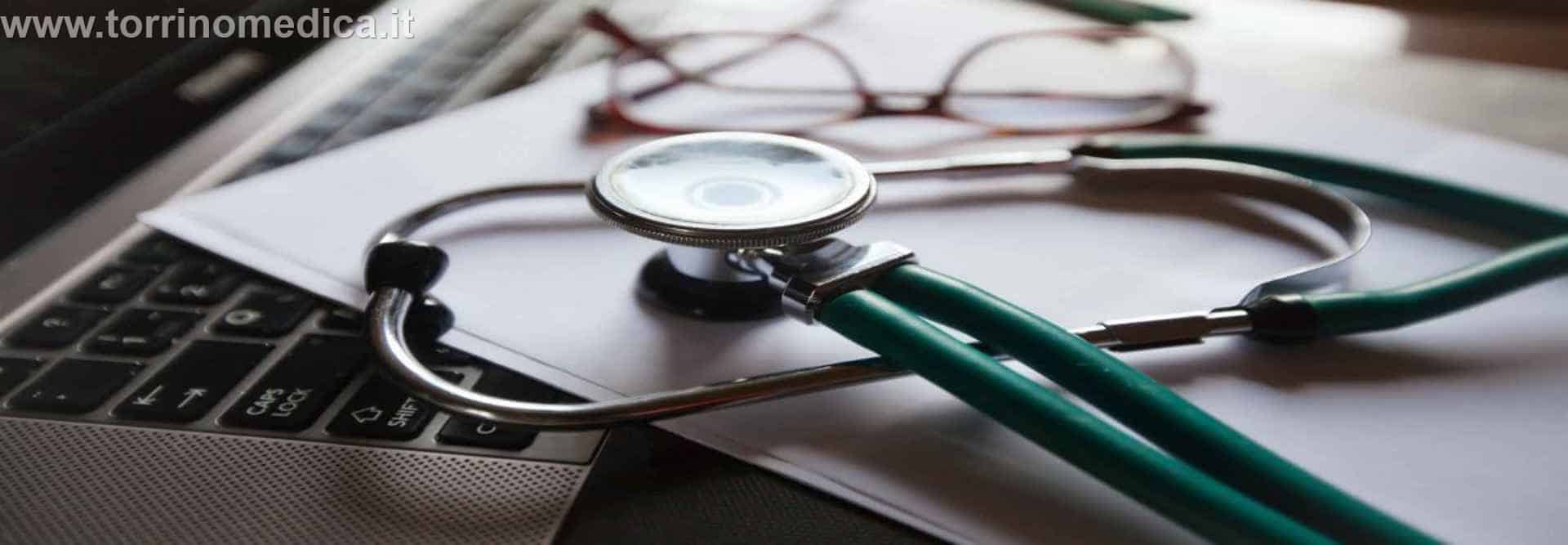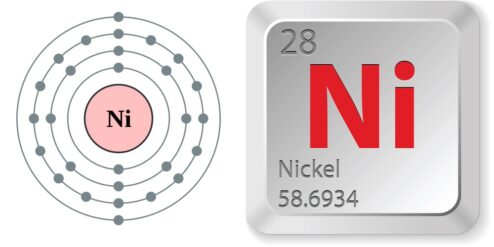Introduzione: Nickel is a naturally occurring element that is present in our environment and consequently, in our diet. While it is essential in trace amounts for human health, excessive intake can lead to health complications. This article aims to shed light on the presence of nickel in our drinks, its role in human health, and how we can monitor and manage its consumption.
Understanding Nickel in Our Diet
Nickel is a trace mineral that is found in various foods and drinks. It enters the food chain through the soil and water, where it is absorbed by plants and then consumed by animals and humans. The amount of nickel in food and drink can vary depending on the nickel content of the soil and water in the area where the food is grown or the drink is produced. Nickel is also present in certain food additives and can be introduced into food during processing or cooking in stainless steel utensils.
The Role of Nickel in Human Health
In small amounts, nickel plays a crucial role in the body’s metabolic processes. It assists in the production of red blood cells, helps in the absorption of iron, and contributes to the proper functioning of the liver and kidneys. However, excessive intake of nickel can lead to a condition known as systemic nickel allergy syndrome (SNAS), which can cause a variety of symptoms ranging from skin rashes to gastrointestinal problems.
Common Drinks High in Nickel Content
Several common drinks are known to contain high levels of nickel. These include tea, coffee, beer, and certain types of wine. The nickel content in these drinks can vary depending on factors such as the type of water used, the brewing process, and the type of container in which the drink is stored. For instance, tea and coffee brewed with hard water or stored in stainless steel containers can have higher nickel content.
The Impact of Nickel-Rich Drinks on Health
Consuming drinks high in nickel content can lead to an increased intake of this mineral, which in turn can lead to health complications in susceptible individuals. These complications can include skin conditions such as dermatitis, respiratory problems, and gastrointestinal issues. In severe cases, excessive nickel intake can lead to kidney damage and increased risk of heart disease.
Reducing Nickel Intake: Drink Alternatives
To reduce nickel intake, it may be necessary to limit consumption of drinks known to contain high levels of this mineral. Alternatives can include drinks made with soft water, which typically contains less nickel than hard water. Additionally, drinks stored in glass or ceramic containers, rather than stainless steel, may also have lower nickel content. It’s also advisable to limit consumption of alcoholic beverages, as these can contain significant amounts of nickel.
Monitoring and Managing Nickel Consumption
Monitoring and managing nickel consumption involves being aware of the nickel content in the foods and drinks we consume. This can be achieved by reading food labels, choosing low-nickel alternatives, and limiting the use of stainless steel cookware. In cases of nickel allergy or sensitivity, it may be necessary to follow a low-nickel diet under the guidance of a healthcare professional.
Conclusioni: While nickel is an essential trace mineral, excessive intake can lead to health complications. Therefore, it’s important to be aware of the nickel content in our diet, particularly in the drinks we consume. By choosing low-nickel alternatives and monitoring our intake, we can ensure that we’re getting the right amount of this important mineral.
Per approfondire:
- Nickel in Drinking-water – World Health Organization: This document provides detailed information about the presence of nickel in drinking water and its impact on human health.
- Dietary Nickel as a Cause of Systemic Contact Dermatitis – The Journal of Clinical and Aesthetic Dermatology: This article discusses the link between dietary nickel and systemic contact dermatitis.
- Nickel Allergy – Mayo Clinic: This page provides information about nickel allergy, its symptoms, causes, and treatment.
- Nickel in Food and Drinking Water – Norwegian Institute of Public Health: This article provides guidelines on the safe levels of nickel in food and drinking water.
- Nickel Toxicity – StatPearls: This book chapter provides comprehensive information about nickel toxicity, its causes, symptoms, and treatment.


